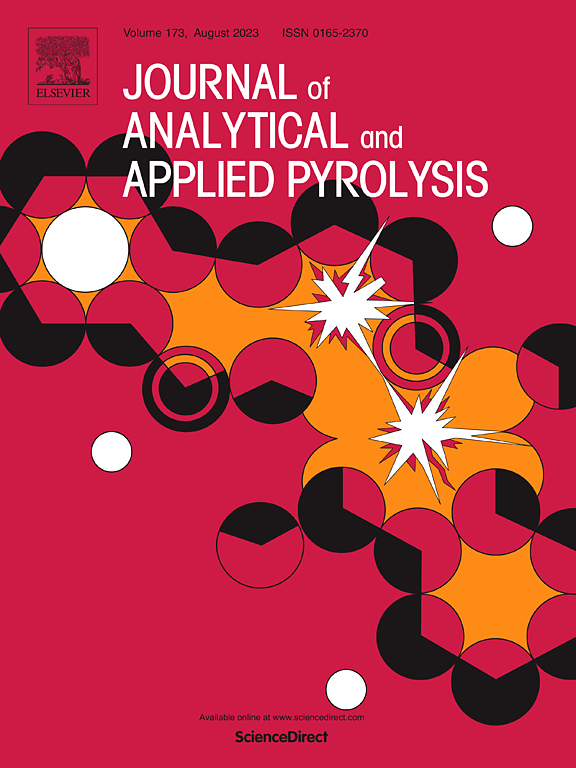Experimental and kinetic modeling study of iso-dodecane: Pyrolysis and oxidation
IF 5.8
2区 化学
Q1 CHEMISTRY, ANALYTICAL
引用次数: 0
Abstract
2,2,4,6,6-Pentamethylheptane (iso-dodecane) is the primary component of alcohol-to-jet synthetic paraffinic kerosene and also plays a crucial role as an iso-alkane component in jet fuel surrogates. However, there is limited availability of pyrolysis studies on iso-dodecane and its kinetic model requires improvement. In this study, the pyrolysis and oxidation experiments of iso-dodecane were conducted using a flow reactor combined with on-line gas chromatographic (GC) and GC - mass spectrometry (MS) to obtain the mole fraction profiles of species. Based on the obtained experimental data, a new kinetic model for iso-dodecane was developed and validated, demonstrating superior predictive performance compared to the literature models. The rate of production analysis and sensitivity analysis were performed to elucidate the high temperature reaction mechanisms of iso-dodecane. The primary decomposition of iso-dodecane in pyrolysis occurs through unimolecular decomposition channel (U-D) and H-abstraction channel (H-A). The U-D reaction XC12H26 = TC4H9 + IC8–5R governs the fuel's reactivity in pyrolysis. Furthermore, a pyrolysis experiment was conducted for n-dodecane under identical conditions to those employed for iso-dodecane pyrolysis, allowing for a comparison between the two fuels based on the experimental data and modeling analysis. Iso-dodecane exhibits higher pyrolysis reactivity than n-dodecane due to its stronger ability in U-D. The new model was also validated by the ignition delay times from the literature.
求助全文
约1分钟内获得全文
求助全文
来源期刊
CiteScore
9.10
自引率
11.70%
发文量
340
审稿时长
44 days
期刊介绍:
The Journal of Analytical and Applied Pyrolysis (JAAP) is devoted to the publication of papers dealing with innovative applications of pyrolysis processes, the characterization of products related to pyrolysis reactions, and investigations of reaction mechanism. To be considered by JAAP, a manuscript should present significant progress in these topics. The novelty must be satisfactorily argued in the cover letter. A manuscript with a cover letter to the editor not addressing the novelty is likely to be rejected without review.

 求助内容:
求助内容: 应助结果提醒方式:
应助结果提醒方式:


